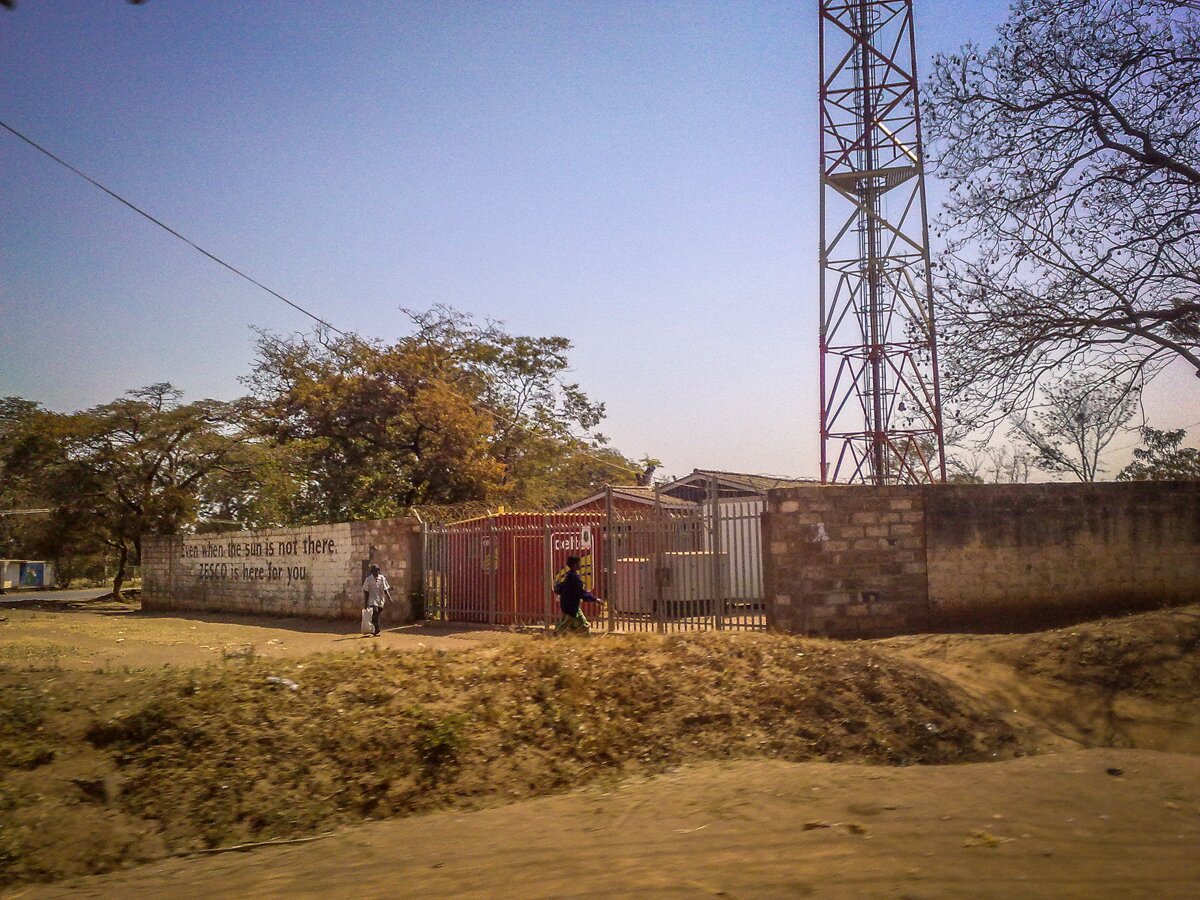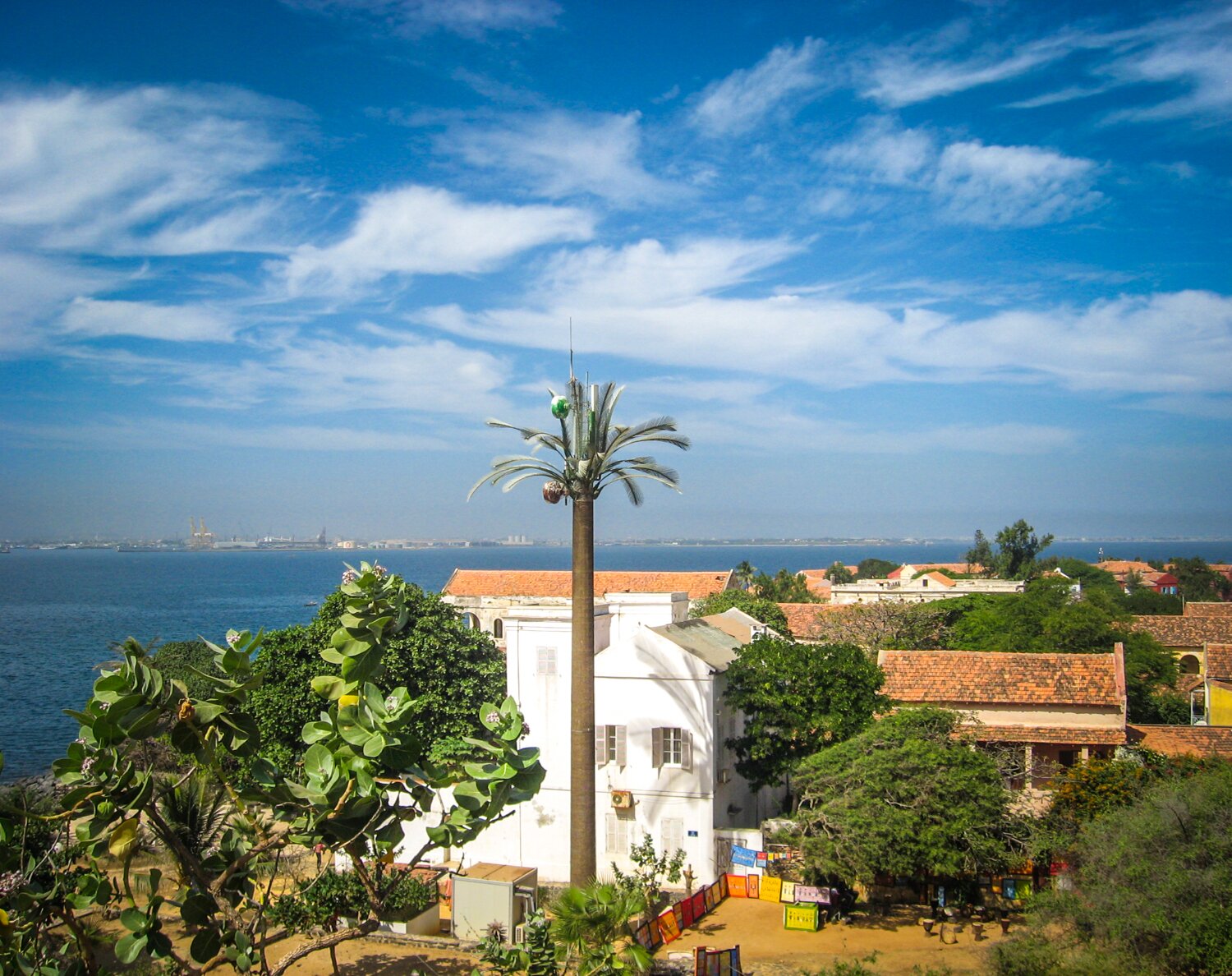How a mobile phone revolution is bringing (some) power to the people
The demand for mobile phones in the developing world is an incentive to build decentralized electricity grids to power cell towers and, in turn, nearby communities. But economic viability in remote areas and the lack of a standardized business model remai

The TV ad opens as a young boy helps his father land a net of fish off the coast of Bangladesh. The child's elation with the catch soon fades when his dad gets ripped off by a greedy middleman. The ad flashes forward: the boy has grown up to become a fisherman, and by using his mobile phone connected to a local Banglalink network tower, he has eliminated the middleman from the supply chain. "You can change the future," ends the voiceover.
The ad is melodramatic, but it captures a reality across much of the planet: even in the poorest and most energy-poor corners of the world, mobile phones have become a lifeline for billions of people. Today there are 90 active mobile phone subscriptions for every 100 people across the developing world. And with this lifeline comes the potential to bring power to more people than ever before.
Mobile phones are a boon to energy access in many ways. For entrepreneurs risking capital to provide remote energy access, the technologies that underlie cellular communications enable reliable energy bill payments, remote monitoring of minigrid operations, and the ability to detect energy theft. As stated in a 2016 briefing paper published by the Waterloo Global Science Initiative (WGSI), new technology is reducing costs and making microgrids more attractive to consumers and financiers alike.
Take Kenya, one of the birthplaces for "mobile money" systems – where the demand for cellular phones initially created the framework where users can reliably pay for phone service. Mobile money provides a reliable means to pay for a service, be it energy or otherwise: a user creates an account attached to a phone number, including the recording of basic information like age and name. Such payment systems reduce the risk for companies to invest in providing energy services in remote places, such as a private company signing up new customers for solar home systems. According to the WGSI briefing quoted above, "the availability of mobile banking and prepaying services is particularly significant as it has helped confront one of the largest risks facing financiers and service providers – low consumer ability to pay."
Because cell phones require a regular source of energy for recharging, widespread adoption in remote areas has created a market for energy services where it never existed before. A high value is now placed on being able to charge your cell phone, creating the incentive for companies to access remote areas. A single solar light or fan is important, but for many, a phone is now indispensable.

Cell towers are now necessary in many remote areas across the developed world, and these require energy. An example is Bangladesh, where a Norwegian firm has built cell phone towers powered by solar energy, backed up by diesel generators. The necessity of such energy-hungry infrastructure is also an opportunity: if you have to generate energy in an off-grid area for your cell phone tower, why not generate a bit of extra energy and electrify the communities around you, where the locals can pay via their ubiquitous mobile phones?
The idea of using cell towers as an "anchor tenant" for an off-grid generating station – where a cell phone company (or industrial mill, agriculture processor or even hospital) acts as the primary customer – is an idea that has achieved particular success in India. Here the Rockefeller foundation-led Smart Power for Environmentally-sound Economic Development (SPEED) project has leveraged cell phone towers as the "anchor load" for about 1000 microgrids.
A single solar light or fan is important, but for many, a phone is now indispensable. According to Karl Skare, Director of PayGo Systems for d.light (a global social enterprise focused on bringing basic solar energy to the world's energy poor), this system’s success in India occurred because unlike many other remote energy-poor areas, population density is relatively high, even in areas where energy access is lacking. Higher density means more customers.
Skare says the anchor tenant model currently faces both policy and financial challenges that are holding it back. One barrier is the uncertainty over how such microgrids, which essentially operate like private utilities, will be regulated by governments. Many countries have regulations that impose limits on what a utility can charge for power, but the reality is, power from a remote microgrid will cost more per unit of energy than power from a centralized grid. In energy-isolated areas, there are also fewer potential customers, which means that for a company to take the risk to build it, they have to know they can charge enough to make their investment pay.
The other big barrier involves scalability. At present, each minigrid or microgrid serving a community and simultaneously powering an anchor tenant, like a cell tower, is a one-off design. Because there is no standardized model that you can cut, paste and replicate, it makes it difficult to scale. "Now you are doing financing deals for each of these things individually, and if you are doing that for thousands of microgrids, it's this big cumbersome thing," says Skare.
If you could find a way to have a more standardized technology and pricing model, he says, it would be much easier to finance multiple projects at a single time.
